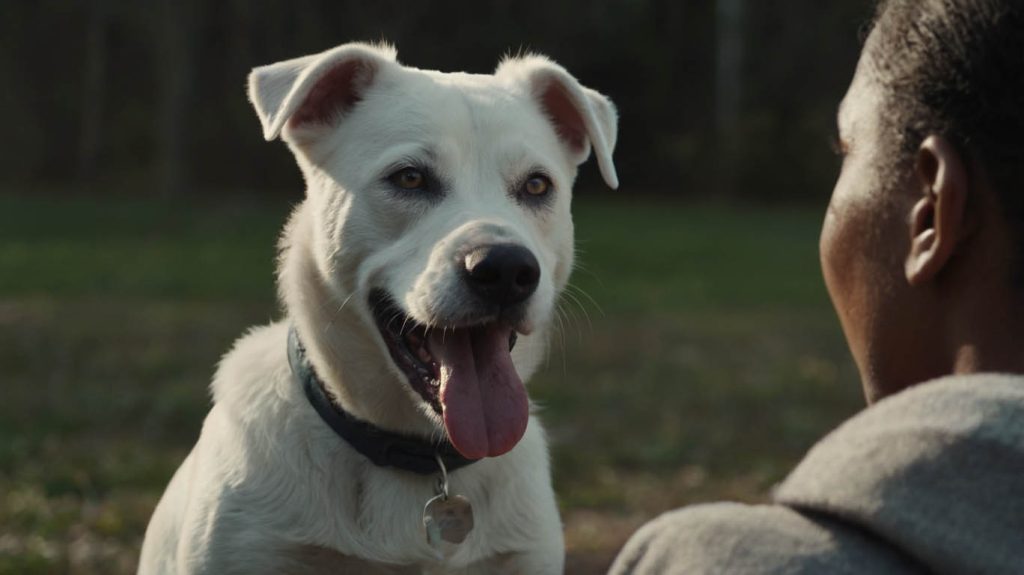Training any dog takes time, but learning how to teach a deaf dog requires an extra layer of creativity and patience. However, the results are not only rewarding—they’re downright extraordinary. Deaf dogs are fully capable of learning basic obedience, tricks, and even advanced skills. You just need the right techniques and a little heart.
This article breaks down how to teach a deaf dog using straightforward steps, engaging stories, and proven methods. You’ll discover how to bridge the communication gap, build trust, and nurture a well-behaved, joyful companion.
Why It’s Important to Know How to Teach a Deaf Dog
Deaf dogs face unique challenges, especially when traditional voice-based training doesn’t work. That said, with the right approach, deaf dogs can be just as obedient—and often more attentive—than hearing dogs.
In fact, teaching a deaf dog strengthens your bond. Because they rely on sight and touch, you’ll find yourself more tuned in to their cues, and vice versa. This deepens communication and fosters mutual respect.
Moreover, proper training ensures safety. Deaf dogs can’t hear cars, calls, or threats. That’s why teaching visual cues is not just a convenience—it’s a necessity.

Understanding Deafness in Dogs Before Training
Before we dive into the how to teach a deaf dog techniques, you should confirm your dog’s hearing loss.
Signs Your Dog May Be Deaf
- Doesn’t respond to squeaky toys or claps
- Sleeps through loud noises
- Doesn’t come when called
- Easily startled
Veterinarians can perform a BAER (Brainstem Auditory Evoked Response) test to diagnose deafness. Once confirmed, training can begin immediately.
The Story of Benny: A Deaf Pup’s Learning Journey
Let’s meet Benny, a 10-month-old Dalmatian born deaf. His owner, Ella, adopted him not knowing much about how to teach a deaf dog. At first, Benny was anxious and hard to manage. But through hand signals and vibration cues, Ella transformed Benny’s behavior in just a few months.
She started with hand gestures for sit and stay, then introduced a flashlight for recall. Soon, Benny was following commands better than the neighborhood pups! Today, Benny performs tricks on cue at local pet events, proving deafness isn’t a barrier—it’s just a different language.
How to Teach a Deaf Dog: The Right Mindset
Before using tools and tactics, understand this truth: your dog isn’t broken—they just learn differently.
Adopt a Positive, Visual Approach
- Always use positive reinforcement
- Make eye contact a habit
- Rely on consistency, not volume
- Create predictable patterns using hand signals
You’re building a visual vocabulary together. Over time, your dog will watch you more attentively than most hearing dogs do.
Use Hand Signals to Replace Verbal Commands
Visual communication is the core of how to teach a deaf dog. Think of hand signals as your dog’s new language.
| Command | Suggested Hand Signal |
|---|---|
| Sit | Raise hand, palm up |
| Stay | Open hand, palm facing outward |
| Come | Motion hand toward chest |
| No | Index finger wag |
| Good | Thumbs up or a wide smile |
Choose hand signals you can repeat easily and consistently. Everyone in the household should use the same gestures.

Grabbing Attention Without Sound
Since calling out won’t work, you’ll need smart ways to get your dog’s attention.
Non-Verbal Attention Techniques
- Vibration collars: Use a light buzz, not a shock
- Flashlights: Flash once to get their eyes on you
- Stomping: Creates vibrations dogs can feel
- Tossing a toy: Toss a soft toy to draw focus
Never startle your dog. Always associate attention signals with praise or rewards.
How to Teach a Deaf Dog Using Touch and Vibration
Touch is a powerful communication tool when teaching a deaf dog.
Tactile Cues That Work
- Tap the shoulder for attention
- Brush the side for recall
- Touch and treat to reinforce behavior
Over time, your dog will associate touches with specific instructions.
Visual Rewards: Reinforcing Good Behavior
Deaf dogs can’t hear “Good boy!” but they recognize praise through:
- Thumbs up
- Smiling and nodding
- Treats
- Excited clapping or gestures
Training sessions should always end on a positive note. It keeps your dog excited to learn more.
Teach Safety First: Essential Cues Every Deaf Dog Must Know
Before tricks or agility, make sure your dog knows basic life-saving commands.
Must-Know Commands
- Sit and stay: For control in public
- Come: Using flashlight or vibration
- Leave it: Strong “No” hand signal
- Watch me: Finger pointed to your nose or eyes
These form the foundation of safe interaction with people and other animals.
Training Tools That Help Teach a Deaf Dog
Modern tools can make your job easier:
| Tool | Purpose |
|---|---|
| Vibration collar | Alert dog visually or with tactile cues |
| Flashlight | Long-distance recall signal |
| Treat pouch | Quick reward delivery |
| Clicker (light) | Visual “yes” signal to mark good behavior |
Keep training sessions short—about 10–15 minutes. Repeat often and end with a treat.
How to Handle Challenges When Teaching a Deaf Dog
It’s not always smooth sailing. Here’s how to overcome common hurdles.
What if my dog ignores me?
Try changing the reward or cue. Some dogs respond better to toys than treats. Others prefer tactile interaction.
What if my dog gets startled?
Approach gently, always from the front or side. Use vibrations or lights to “say hello” first.
Advanced Training Tips for Deaf Dogs
Once your dog knows the basics, it’s time to go further!
Teach Complex Skills Visually
- Obstacle courses with hand signals
- Scent work using visual cues
- Trick training like roll-over or spin
These mental challenges keep your dog sharp and engaged.
How to Teach a Deaf Dog to Socialize Safely
Deaf dogs can socialize like any other pup — with a little guidance.
Safe Socialization Tips
- Start with calm, leashed introductions
- Teach other humans your hand signals
- Supervise all interactions
- Reward calm behavior immediately
Your dog will learn that other dogs and people are a source of fun — not fear.
How to Teach a Deaf Dog with Confidence
Every dog deserves to be understood. Every human can become a better communicator. Teaching a deaf dog is not about limitations. It’s about discovery, empathy, and success.
FAQs About How to Teach a Deaf Dog
Can all deaf dogs be trained?
Yes, with patience and consistency, all dogs can learn — deaf or not.
Are vibration collars safe?
Yes, if used correctly. They’re not shock collars and should only be used as a signal.
Should I adopt a deaf dog?
Absolutely! Deaf dogs are loving, loyal, and trainable. They just need you to speak their language.
Can I use American Sign Language?
You can! Many owners find ASL helpful and easy to remember.
Do deaf dogs bark more?
Some do. Training and routine help manage barking effectively.
Do deaf dogs need special vets?
No, but it’s helpful to find professionals who understand their needs.
Conclusion: Your Silent Star Awaits
Now you know how to teach a deaf dog — not just the steps, but the spirit behind them. Your dog won’t hear your voice, but they will hear your love, attention, and consistency loud and clear.
With the right approach, you’ll find your deaf dog learns faster, focuses more deeply, and connects with you in ways that go beyond words.


